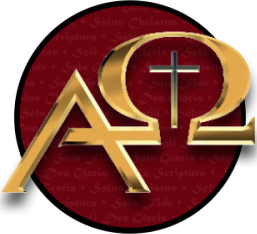James N. Anderson has replied to Abasciano here.
I want to briefly illustrate Abasciano’s co-text myopia.
Abasciano claims that πᾶς ὁ πιστεύων (pas ho pisteuōn, “whoever believes”) grammatically conveys indefiniteness. It actually does not, at least as it is realized in this particular discourse of John.
If Abasciano wants to be consistent then he must conclude that John is teaching that everyone believes in something, qua belief, regardless of what someone believes. So someone could believe in the tooth fairy, according to Abasciano’s insistence of disconnecting the notion of indefiniteness from its co-text delimiters.
Abasciano and Arminians isolate the phrase πᾶς ὁ πιστεύων. But the entire subject of the clause is not πᾶς ὁ πιστεύων; rather it is πᾶς ὁ πιστεύων εἰς αὐτὸν. They conveniently leave out εἰς αὐτὸν.
Next time you listen to an Arminian, notice how they break up the subject of this clause by disconnecting and isolating πᾶς ὁ πιστεύων from εἰς αὐτὸν.
This rules out the tooth fairy since it refers to those (not indefinite) who believe in Jesus.
In short, this point in John 3:16 is teaching the object of belief, not the originator of belief.
Regards,
Alan E. Kurschner
Tags: A Short Reply to Brian Abasciano on John 3:16 Arminianism calvinism



